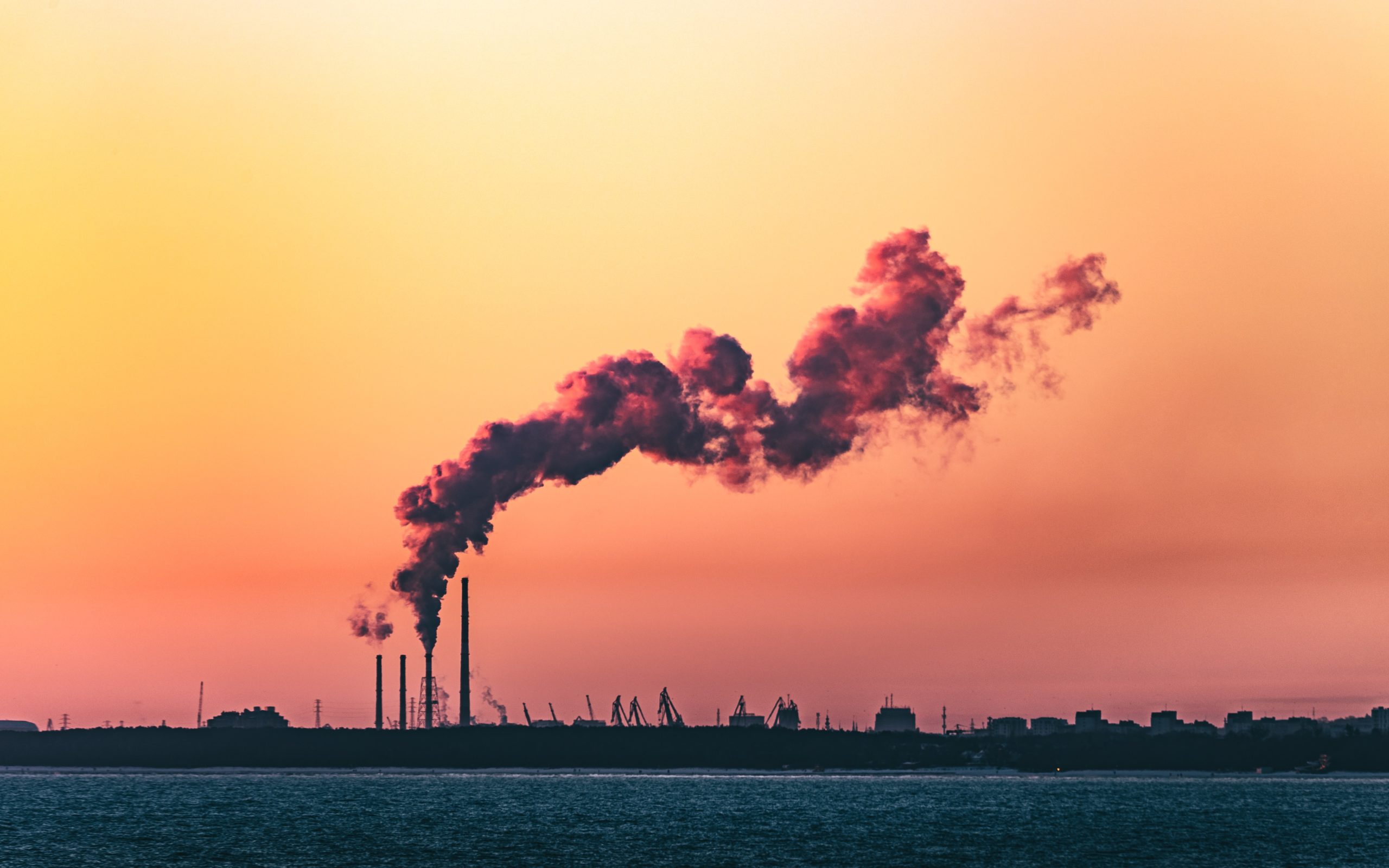5/2/2022
After two years of dealing with the Covid-19 pandemic, many people have begun to settle into what they hope to be post-pandemic life. As many of us adjust to a mask-optional lifestyle, the anxiety of pandemic-era travel is diminishing. Travel on U.S. roads in 2021 exceeded pre-Covid-19 levels by 11.2 percent, and 150 percent more people are predicted to fly in 2022 than in 2021. These numbers, while indicative of our excitement to return to the life we once knew, also serve as statistics to measure what is fueling climate change. In addition to the countless natural disasters caused by climate change, there may be a newly discovered effect of our emissions with which we are, as of the last two years, all too familiar.
A new study has been released that has found a connection between climate change and infectious disease, and at present, one appears to be driving the other. The research has found that climate change will force animals that once lived in isolation from humans into higher elevations and areas with high human populations, mostly within Asia and Africa. This relocation is estimated to be 4,000 times more likely to facilitate zoonotic spillover, which is the transmission of pathogens from wild animals to humans. The most instrumental animal in this transmission would be bats. Bats possess a unique dispersal capacity, or the ability to relocate to new areas, which enables bats to account for a majority of novel virus sharing. As animals continue to relocate, it is likely that humans would experience indirect transmission from bats via other animals the bats had infected.
So, what can be done? On climate change, we have moderately good news and very bad news. The good news is that Earth is still on track to meet one of its two internationally agreed upon goals to fight climate change. If countries do all that they have promised in this regard, we may be able to remain at or just below our target temperature, which is 2 degrees Celsius above Earth’s temperature in pre-industrial times. Hitting this target will not only require nations to fulfill their commitments to carbon cutting goals by 2030, but it will also require them to reach net zero carbon emissions by 2050. This is the moderately good news.
The very bad news is that the ecological transition may already be happening. Global warming is already underway, forcing animals whose homes have become inhabitable to relocate. One co-author of the infectious disease study suggests that our next move is to put measures in place to protect human and animal populations. Even if we maintain the 2 degrees Celsius goal, it is predicted that by 2070, there could be 15,000 new cross-species viral transmissions.
Despite this grim outlook, there may be a small albeit meaningful way to improve the outlook for our planet: we can aim to reduce our post-industrial-era temperature goal from 2 degrees Celsius to 1.5 degrees. But this is no small feat. A 1.5 degrees Celsius goal means that we would only be able to afford a 0.4-degree Celsius rise in global temperature from where we are today. If we were, however, able to achieve that goal, it is predicted that we can decrease the dangers that climate change poses to our future. The likelihood of this possibility is unknown.
What we do know is that climate change has reached a point of no return due to our lack of regard for environmental rights on a global scale. Though it is easy to pinpoint our wrongdoings in hindsight, we need courage and resolve to use that information to allow our planet a healthier future. Given our recent global experience with infectious disease, perhaps the fear of future pandemics will be the motivation we need to stop looking to others to solve the problems we helped create.

